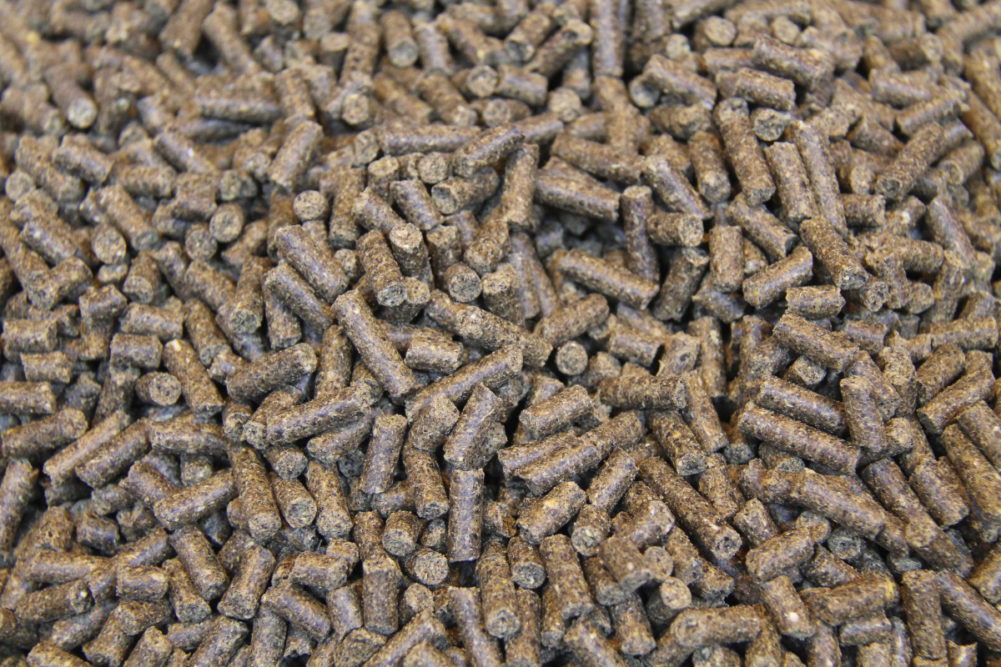The meat consumption arrow in recent years had been consistently pointing upward as a growing global middle class was choosing to spend a portion of its increased income on “luxury” food items such as beef, chicken, pork and fish.
Just when it seemed like nothing could derail this surge in meat-based protein demand, along came COVID-19 and with it a much bleaker outlook for the worldwide meat industry and, consequently, the animal feed sector.
While the grain-based foods industry has seen an uptick in demand for its products during the now 11-month-old pandemic, global meat consumption is heading in the opposite direction.
In the United States, for instance, meat consumption is projected to drop for the first time since 2014. The United Nations’ Food and Agriculture Organization (FAO) estimates global meat production will fall by nearly 2% in 2020, due to animal diseases, COVID-19-related market disruptions, and the lingering effects of droughts.
Don Close, a veteran animal protein analyst for Rabobank, recently described the consequences facing the meat and feed industries from the worst global pandemic in 100 years during a presentation sponsored by the American Feed Industry Association.
“I venture to say this has been the most dynamic year and we have seen more ground-breaking changes in global meat trade than I recall in my career,” he said. “I think the fallout from this one is going to last a long time.”
While no one knows how long, it’s safe to say a full recovery to “normal” will likely take years rather than months. Close said analysts at various banks believe it will take eight full quarters (two years) for the restaurant business in the United States to be restored to its pre-COVID-19 levels. As of September, about 100,000 US restaurants had permanently closed due to the pandemic, according to the National Restaurant Association, and the Independent Restaurant Association estimates that up to 85% of independent restaurants, which comprise 70% of all US restaurants, could close by the end of 2020 if Congress fails to pass a second economic stimulus package.
Even if the restaurant business hadn’t been negatively impacted, the unparalleled spike in unemployment and lost wages worldwide has meant a loss in spending power for more expensive food items such as steak and fish.
Alltech’s annual feed survey, which estimates global feed output and breaks it down by country and region, will be released in late January and it will be interesting to see how the pandemic — not to mention African swine fever, which has ravaged hog populations in several dozen countries — has impacted worldwide output. Last year’s survey revealed the first decline in global feed production (-1.07%) in nine years, and a bigger slide in output in 2020 is almost certain. A hint of what the Alltech numbers may reveal was provided by the European Compound Feed Manufacturers Federation in early November when it estimated EU feed production had fallen by 2.2% in 2020.
Thankfully, two vaccines are now available, hopefully bringing an end to this devastating pandemic that has infected more than 56 million people and killed nearly 1.4 million worldwide. Even so, it appears the road back to “normal” for the animal protein and feed industries will be neither short nor smooth.




